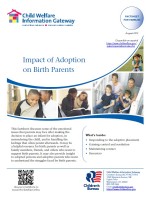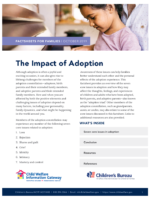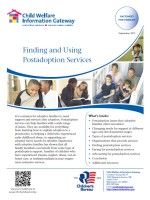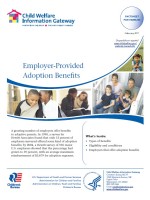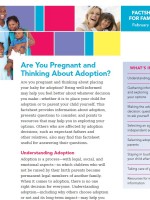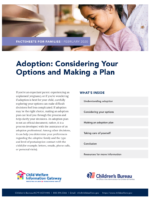
In May 2014, the Fostering Youth Success Alliance (formerly YICC) released its preliminary report, “Fostering
Independence: The Need for a Statewide Foster Youth College Success Initiative.” In it, we detailed the low rates
of college-going among young people who have spent time in the foster care system in New York; highlighted the
challenges that prevent many foster youth from attending and succeeding in college; and examined what states
across the country are doing to help foster youth acquire the necessary post-secondary education to lead promising,
independent lives. We found that New York is well behind the curve in providing meaningful financial, educational,
and social supports to foster youth in college, and recommended investment in a statewide college success initiative
for all its foster youth.

